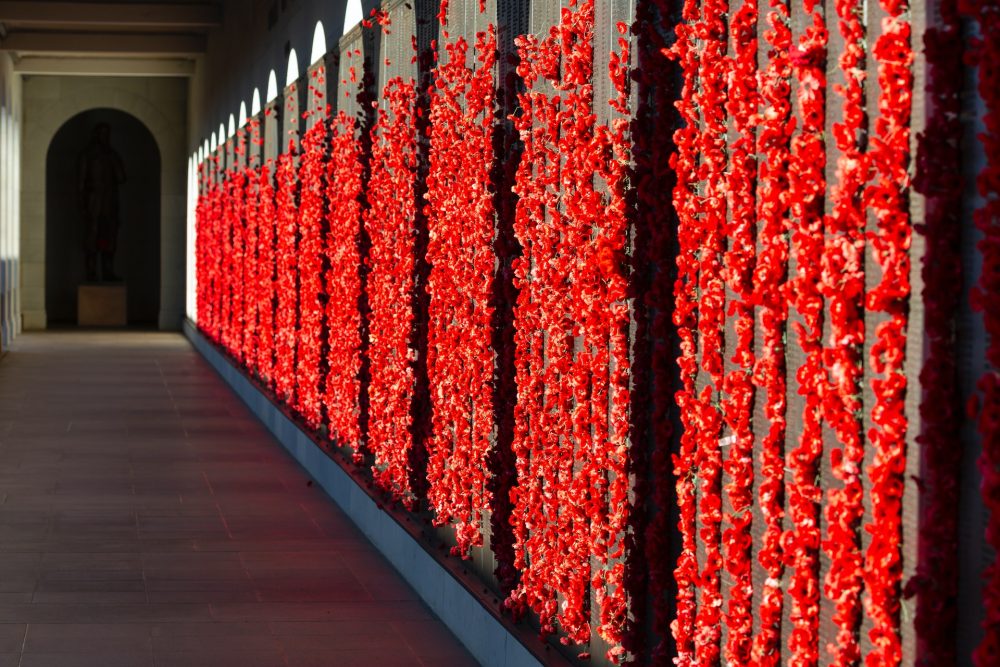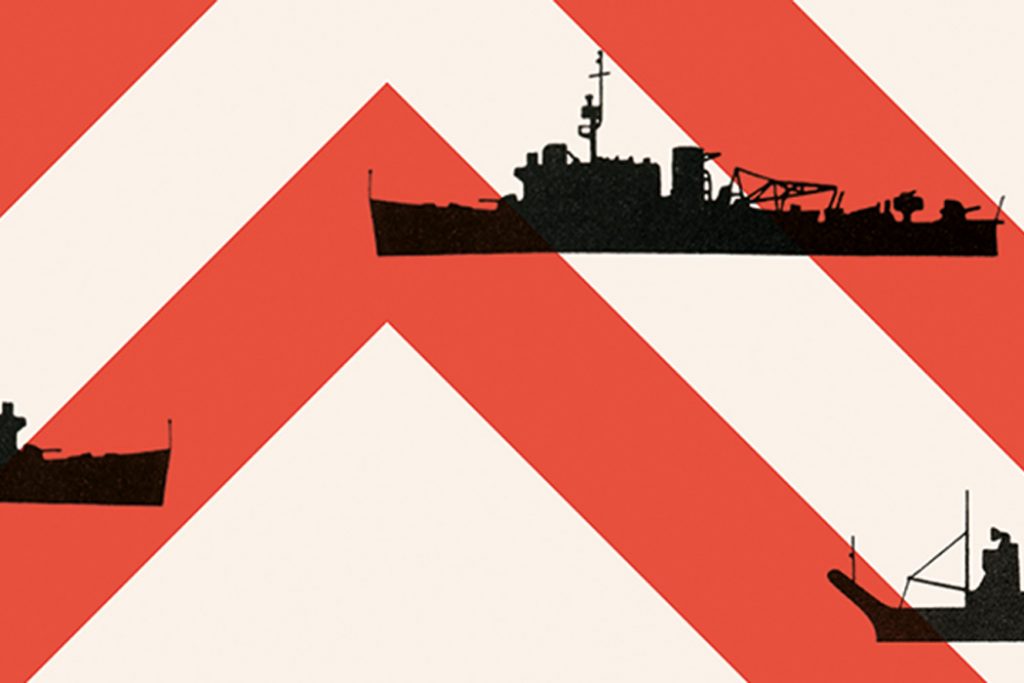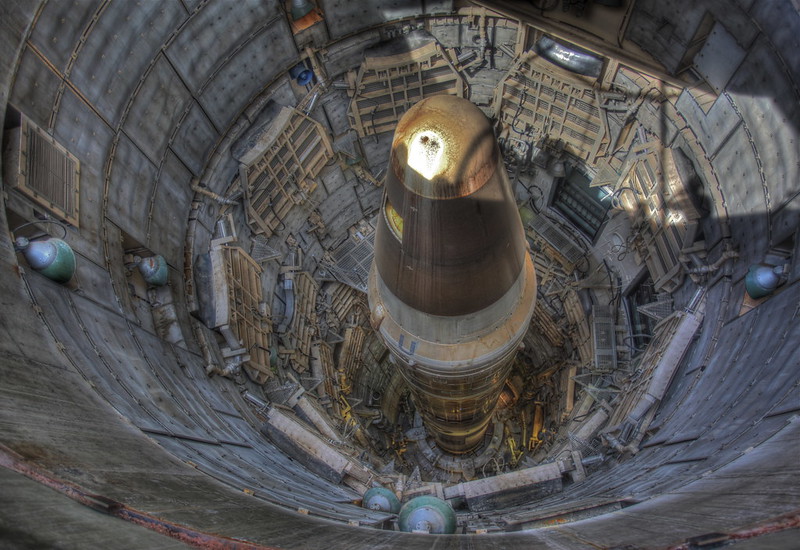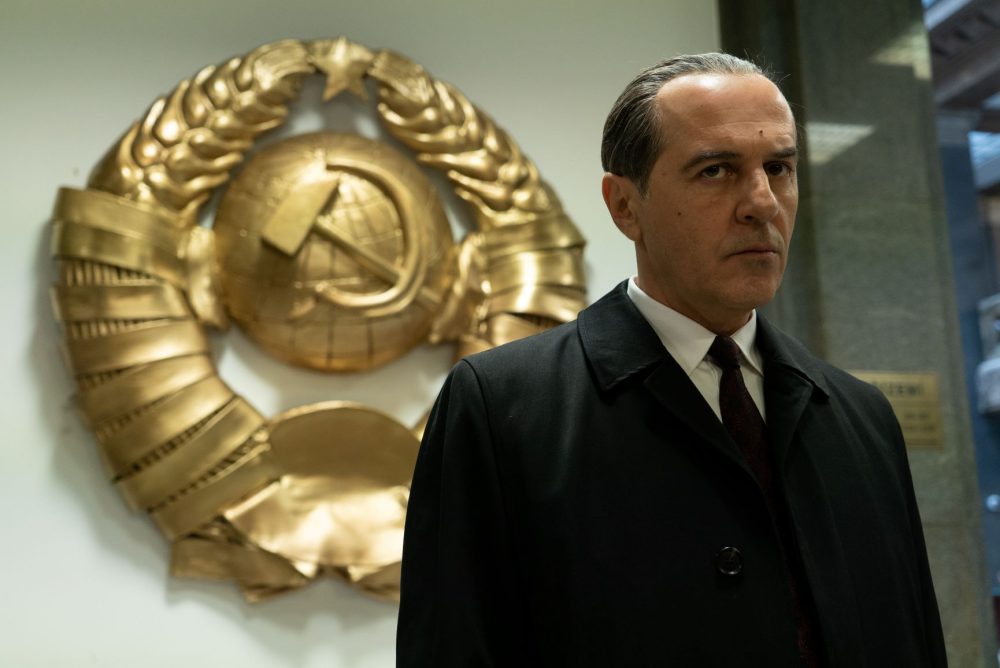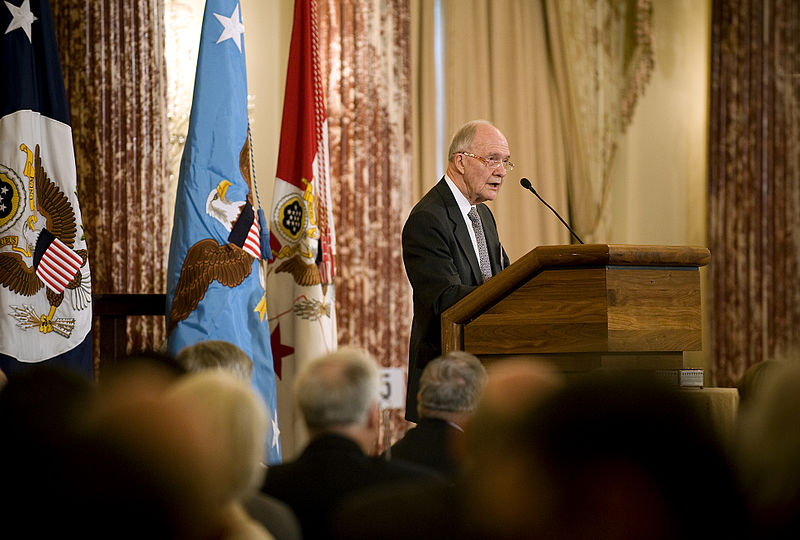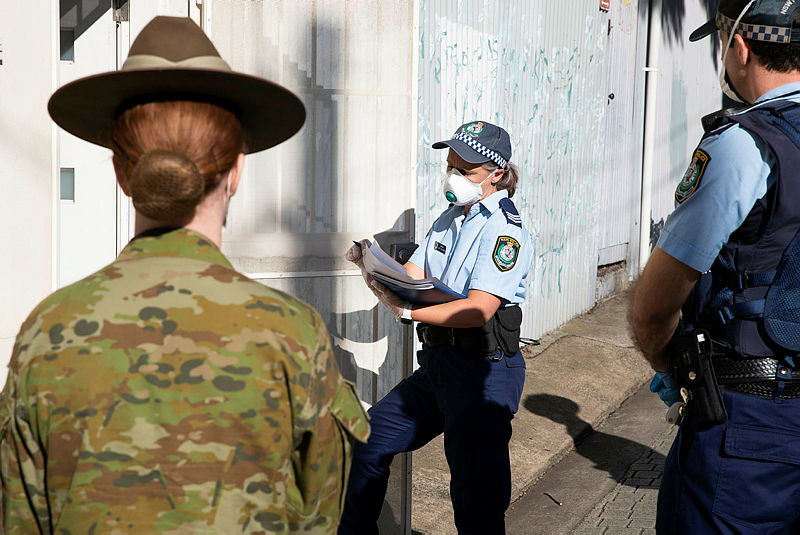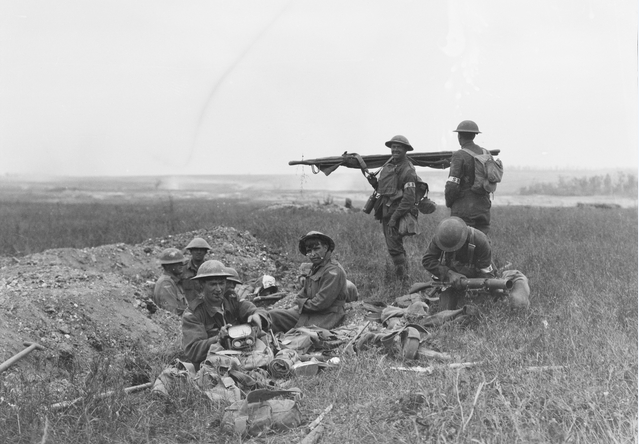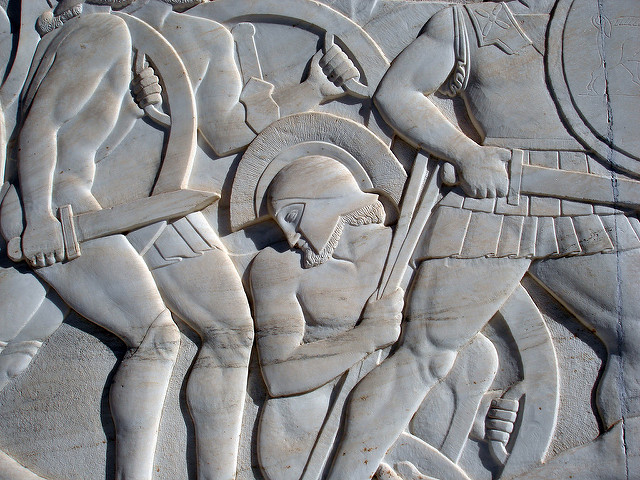The sources of Russian conduct

This essay examines the sources of Russian power and conduct from an historical, cultural and geopolitical perspective. It aims to help assessment of Russia’s future behaviour.
My approach is based on the essay The Sources of Soviet Conduct written by the famous US State Department diplomat and leading Russian expert George Kennan (under the pseudonym ‘X’) in the journal Foreign Affairs in 1947. Kennan was struggling to get Washington to understand the threat from the Soviet Union so soon after the end of World War II, when the USSR had been an ally of the United States.
Kennan concluded that Moscow’s communist expansion ideology was the central threat to the US and needed to be thwarted by ‘a long-term, patient but firm and vigilant containment of Russian expansive tendencies.’ Kennan’s objective was the bringing about peacefully either the breakup or ‘gradual mellowing’ of the Soviet Union.
This was at a time, however, when Russia had no nuclear capability. Later, Kennan foresaw that the USSR would become the US’s most serious military challenge in the new nuclear era. In 1986, when the number of nuclear weapons peaked at around 70,000, just under two-thirds belonged to the USSR. And, at that time, the Soviet Union’s conventional military power in Europe was widely seen as easily outmatching that of NATO. There was a general worry that, if NATO didn’t use nuclear weapons, Moscow could be at the English Channel in weeks, if not days.
Today’s Russia is a very much reduced military threat from the peak of its power at the height of the Cold War. Now, Moscow is struggling to progress beyond what looks like a three-year stalemate in the battle for military supremacy in Ukraine, which is a middle-sized non-nuclear country with less than 30 percent of Russia’s population.
Today’s strategists in the West are debating the underlying reasons for Putin’s war on Ukraine. And they shake their heads when Putin so frequently and irresponsibly rattles the nuclear threat. Russia’s small relative economic size these days (a GDP of US$2.24 billion, little more than Italy’s US$2.04 billion) makes it even harder to explain why Putin would embark on and persist with such a war. Moreover, Moscow no longer has the leverage of leading a world communist movement towards an ideological victory.
But Kennan believed Russia’s history, geography and the ‘permanent characteristics’ of the Russian national character were key determinants of Soviet conduct, in addition to its ideology. His conclusion was almost Freudian in its determinism: ‘Nations, like individuals, are largely the product of their environment.’
I begin by examining Russia’s historical experience, which is so different from our own, and the development of the distinctive Russian view of itself as a uniquely Slavic power that is neither European nor Asian. We move on to explore the relevance of Russia still being geographically the largest country in the world, even though it lost a huge part (more than 5 million km2, or double the area of Western Australia) of the former territory of the USSR when that country collapsed in 1991. The Soviet Union was then divided into 15 countries, eight of which still share a common border with today’s Russia.
I then move on to a consideration of Russian culture and how it illuminates Moscow’s view of the world today. And its unique concept of a bigger Russian World, or Russkii Mir, encompassing places with significant numbers of Russian speakers, such as the Baltic countries, Moldova, Georgia and Kazakhstan.
Finally, we must consider the issue of the new Russian ideology, which—while it no longer seeks to rule a future communist world—persists with dangerous authoritarian and expansionist geopolitical ambitions, not least in what it terms ‘the near abroad’. We need to understand that Russian domestic politics is still burdened with heavy imperial baggage from the early 20th century. And its central geopolitical priority these days sees the West as a hostile concert of powers seeking to destroy Holy Mother Russia.

So, let’s start with Russia’s history. Many Western observers have consistently misread Russia and the way it is driven by its geography, history and ideological ambition. Successive Russian or Soviet regimes have been seen in the West as simultaneously dangerous and essentially fragile, and yet we are surprised when, once again, the Russian phoenix re-emerges from the ashes.
Indeed, when the former Soviet Union collapsed in December 1991, the sudden reaction in the West, especially in the US, was to write Russia off. No longer regarded as a global superpower, it fell as low as being dismissed by then president Barack Obama as a ‘regional’ European power. This description was (and still is) bitterly resented in Moscow.
Russia on the eastern flank of Europe but extends to territory more than 8000km away in Siberia that is part of east Asia. Russia has the longest border in the world, with China. Its history goes back more than 1000 years and includes, according to Yale University professor George Vernadsky, being occupied in a period ‘of enormous significance in Russian history for almost 250 years (1223-1452) under Genghis Khan’s Mongols.
Unlike most Anglo-Saxon countries, Russia has no obvious or clear-cut geographical borders and for practical purposes is almost landlocked, with only a few significant ports on the Black, Baltic and Barents seas and the northwest Pacific. It was invaded by Sweden in the 18th century, by France in the early 19th century and by Germany twice in the 20th century.
The eminent Harvard University professor of Ukrainian history Serhii Plokhy has stated—correctly, in my view—that the questions of where Russia begins and ends and who constitutes the Russian people have preoccupied Russian thinkers for centuries. Plokhy also says the current Russia–Ukrainian conflict is only the latest turn of Russian policy resulting from the Russian elite’s thinking about itself and its Slavic neighbours as part of an allegedly common historical and cultural space and ultimately as one nation.
Plokhy asserts that the current conflict reprises many of the themes that have been central to Russia’s political and cultural relations in the region for the previous five centuries. These include Russia’s great power status and influence beyond its borders; the continuing relevance of religion, especially Orthodox Christianity, as defined in Russian history; the assertive conduct of Russian policy abroad; and the importance of language and culture as tools of Russian state policy. The conflict in Ukraine reminds the world that the formation of the modern post-imperial Russian nation is still far from complete.
Russia’s invasion of Ukraine has already become the worst international crisis since the end of the Cold War. Plokhy has worried that a new and terrible stage in the shaping of European borders and populations was emerging. He has said that it all depends on the ability and readiness of the Russian elites to accept the post-Soviet political realities and adjust Russia’s own identity to the demands of the post-colonial world. The alternative, he concluded, might be a new world war.
In my view, we now face the spectre of not only a new Cold War but the prospects of a wider war in Europe, and perhaps beyond Europe, if Russia persists with its post-imperial expansion objectives. This is occurring at the same time as an increasingly authoritarian China is collaborating with its strategic partner in Moscow to remake the international order. This deeply disturbing picture is made all the worse by Putin’s now frequent threats of the potential use of nuclear weapons.
I have deliberately begun these introductory words with reference to the deeply entrenched historical context of Russia’s relations with Ukraine, which extend over more than nine centuries. For much of that time, and particularly during the 74 years of Bolshevik power, Russia’s long history with Ukraine has been consistently reinvented. Russians like to say, ‘The future is certain; it is only the past that is unpredictable.’
And for Putin, today’s past is being continually reinvented, along with his reasons for his so-called special military operation in Ukraine, which is now Europe’s biggest war since World War II. Fake news and facts are the key tools of his huge propaganda offensive to reinforce Russian popular support for his war in Ukraine. It is now claimed by Moscow’s Levada poll that more than 70 percent of Russians believe that the war is not just a war about Ukraine but is also about the West trying to destroy Russia itself.

This brings me to Russia’s geography and Putin’s attempts to mix his fantasies of history with Russia’s geographical vulnerabilities to reinforce his position as the acknowledged authoritarian leader. Countries with long, porous borders become endlessly obsessive about their geographical security. This is something that Australians, with such obvious natural borders, find hard to understand. For more than 400 years, between 1500 and the Bolshevik Revolution of 1917, the Russian Empire grew at an astonishing average rate of 47,000 km2 per year. From the nucleus of Muscovy, it expanded into the world’s largest contiguous empire.
Russia is now much smaller than it has been for the past three centuries. Even so, at 17 million km² it is almost double the size of China or the US, and more than double the size of Australia.
But the fact remains that much of the Russian Far East was taken from a weak China by the unequal treaties of Nerchinsk in 1639 and Aigun in 1858. The current Chinese leadership seems to have put this historical inequity to one side for the time being. But it lurks there as a possible geographic cause for a future Chinese conflict with Russia. The Russian Far East Federal District, which shares a long border with China, has scarcely 8 million people but accounts for 40 percent of Russia’s area.
This leaves us with the question of Putin’s further manipulation of Russian culture and his bid for a uniquely Russian ideology. Putin’s primary aim is to revive Russia as a great power and recover an acknowledged sphere of influence over its former Soviet territories in the near abroad. His view is that, without dominance over Ukraine, Russia cannot be a great power again, and that a Ukraine within NATO would be a direct national security threat to Russia. Or, as one of Moscow’s prominent political commentators, Sergei Karaganov, puts it, Ukraine’s membership of NATO would be ‘a spearhead aimed at the heart of Russia.’
So, Putin’s aim is to restore Russia’s reputation as a great power and end the post-Cold War era of its humiliation. By invading Ukraine, Putin intended to send a strong signal to NATO of Russia’s dissatisfaction with its refusal to treat Russia as a major power with a vital geographical interest in Ukraine. Putin’s problem is that he now faces a relatively unified NATO and European Union opposing him. He has not only failed, so far, to establish Russia as a key player in European security; he has also ensured NATO’s enmity for the foreseeable future.
There is one final geopolitical consideration about Russia that requires mention. In recent years, leading Russian figures, including Putin, have begun to stress the geopolitics of what they call ‘Eurasianism’. In this geopolitical ideology, Russia’s economic and political orientation is changing dramatically from being predominantly European in historical outlook to being a great power in what it calls Eurasia. Former foreign minister Igor Ivanov argues that Russia is no longer the eastern flank of a failed greater Europe but is becoming the western flank of the emerging greater Eurasia, albeit led by China.
Many of these musings about Eurasia reflect the sort of imperial revival mentality that can be found in many writings in Moscow these days. They desperately reflect Russia’s seeking a new ideology as a powerful driver for Moscow. Karaganov argues that Russians have ‘our Asian traits in our genes, and we are in part an Asian country because of this.’ And he sees Russia’s greatness as being increasingly focussed on the development of Siberia.
But I believe most Russians would disagree with him. For example, the former KGB rezident in Canberra, Lev Koshliakov, said to me a couple of years ago, ‘I am not Asian.’
All this, of course, begs the question of how Russia can reassert its great power status in the permanent shadow of a rising, if not dominant, China? The central geopolitical question here is how can the West detach—or, more realistically, distance—Russia from China? Zbigniew Brzezinski observed in 2016 that the most dangerous scenario facing the US would be an anti-hegemonic grand coalition of China and Russia united not by ideology but by complementary grievances against the West. A current concern is that such a coalition now exists and is reflected in official worries in Washington that for the first time the US could now face war on two fronts with two great nuclear powers.

Another issue we need to explore, however, is whether Russia is now going to cease to be a major power and what that would mean for global order. The worst-case scenario for Putin would be for Russia’s war in Ukraine to end in a comprehensive military defeat and Ukraine’s integration into the EU and NATO. This would mean that the course of Russian history would change, with the irrevocable and final fall of the empire of the Tsars and the Bolsheviks.
As some Russians recognise and fear, the consequences of that calamity would be far-reaching, plunging Russia into a chronic identity crisis with unpredictable political consequences. It would mean the utter destruction of three long-held Russian beliefs: that Russia is different and is neither European or Asian; that this difference is transcendently important to the continuing existence of the uniquely Russian World or Russkii Mir; and that this gives Russia a unique role in world history.
So, what we are witnessing in Ukraine today may be the prolonged death throes of the Russian Empire, which started three decades ago with the end of the Soviet Union. How much weaker and smaller may Russia become?
Long-term trends of Russia’s demography and economy will certainly further weaken Russia. Russia’s military power and sheer size have led most commentators, reasonably, to still describe it as a major power. But, in view of the dismal performance of Russia’s military power in Ukraine, we must now revisit that judgement. It is hard to see the weakened and still kleptocratic Russian economy quickly rebuilding Russian military strength whenever the war ends.
In this context, strategic failure for Russia will be enormously consequential for the West. Some Russian experts, such as Andrei Kolesnikov, talk about ‘the complete collapse of everything’ in Russia, because under Putin ‘Russia’s future has been amputated.’ In that view, an entirely isolated and weakened Russia faces not only long-term decline but the risk of further chunks of its already much reduced territory deciding to go it alone and to separate from the Russian Federation. A severely weakened, isolated and smaller but still heavily nuclear armed Russia might then become more, not less, dangerous for the world.
In conclusion, the purpose of this essay is to make readers aware of just how different Russia is from Australia and what drives Moscow’s actions. The worry, as Oxford University’s Robert Service reminds us, is that many of the older attitudes and practices under the tsars and the Communist Party have been reinforced with severity in the 21st century under Putin. He has emasculated democratic processes and curtailed freedom of expression. Opposition leaders have been killed, imprisoned or driven into exile. The rule of law has been dumped and the mass media neutered. The corrupt Russian state has seized back control of the commanding heights of the economy. And the West is being treated as a hostile concert of powers. Service concludes, ‘It is resoundingly clear that Russian politics are still freighted with heavy baggage from the early twentieth century.’ The oppressive conditions that held back Russia in the past ‘have yet to be consigned to the ash heap of history.’
In my view, however, the last act of Russia’s threat to the established international order is still to come. Therefore, we need to be vigilant and ensure the current checks and balances against Russian aggression remain firmly in place. Even more importantly, insufficient attention has been paid in the West to the evolution of Russian security thinking, and to understanding Russia’s emergent strengths and ongoing, perhaps fatal, weaknesses. Western policymakers’ grasp of the Russian leadership’s motivations and decision-making processes, especially in respect of military matters, has degraded since the end of the Cold War.
The fact is that the West has been caught napping, and we need to think afresh about planning for Russia and its new security policy, including the role of nuclear weapons. But in thinking afresh, we need to keep in mind that many of the historical forces at work in Russia will persist—including beyond Putin’s term in office.

